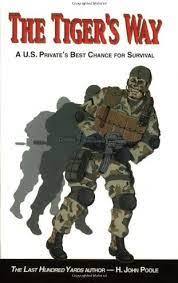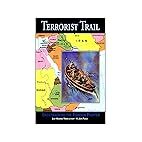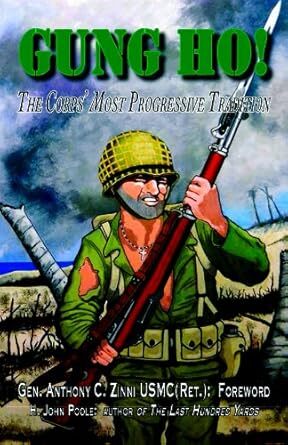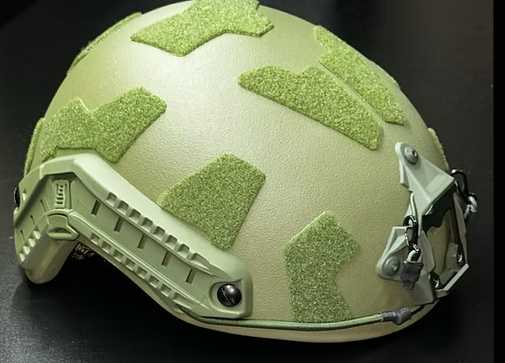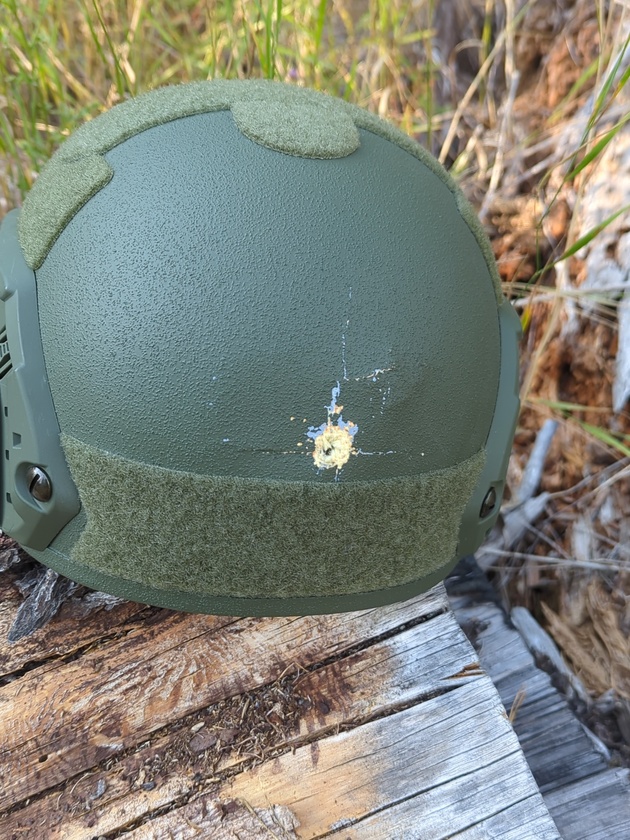When I was in the USMC, Gunny Poole was a legend at LeJeune Infantry School. He was a commissioned officer who gave up his commission to become an NCO. He then penned a book, The Last Hundred Yards, which became a legend in the USMC. It was a guide for applying small unit tactics in the real world, by throwing out the "field manual answer" and focusing on basics.
Poole has written several books, which we will be reviewing as I read them. This book, The Tiger's Way, posits that US Infantrymen can learn much from studying the tactics of the Eastern infantryman. The TLDR is that we need to focus less on technology and advanced weapon systems, and more on field skills and individual combat skills.
Affiliate Link to buy book: https://amzn.to/3VWDZCo
Poole bases his analysis on studies of Soviet, Chinese, North Vietnamese, Viet Cong/Viet Minh, and Japanese tactics and combat actions from WW1 to the present. The text heavily leans towards the skills of Ninjitsu, which were taught to most of these forces in some way. I know it seems far-fetched, but the same skills of Ninjitsu are exactly relatable to individual field skills. It's less about the martial arts skills (although he discusses quick kill and bayonet skills) and more about the individual movement skills.
Part One discusses this philosophy and the historical basis for it. He expands on the risk that our over-reliance on gear and tech puts us in. He illustrates as an example; how easy it is to defeat thermal viewing and how wearing night vision on your helmet causes early fatigue and tunnel vision.
Part Two covers what Poole calls "The New Basics". This is where he illustrates the skills to develop, like appreciation for micro-terrain and undetected movement techniques. He talks about spending much more time learning how to operate at night without technology. We need to also develop more silent or quiet methods of communication with our small teams. Deception is a big topic as well. One the best parts though is how he discusses that both the Japanese and Vietnamese limited their firing and preferred to silently approach trenches and launch nearly silent bayonet assaults, rather than assaults by fire and movement. Because of this, both of these forces were well known for deep penetration raids.
In Part Three, the book discusses how the Eastern Soldier operates in the field, as opposed to how we do. For example, every Eastern force learned quickly to defeat our air superiority by conducting movement and basing underground. It's a lesson that China used against us in Korea, but then was defeated by when they went to war against Vietnam. China had an advantage over Vietnam in technology and air power, and waged a Western-type assault on Vietnam, and Vietnam humiliated them by using the "Defense Fortress" underground concept. Poole describes how the Eastern soldier operates Observation Posts and discusses their superior tracking skills. He points out interestingly that the best US trackers have all been Native Americans, who are technically of Asian (Siberian) descent. A closer attachment to nature is needed to track effectively.
There is extensive analysis of Eastern Rural and Urban combat. He discusses how Chechen tactics held off the Russians at Grozny and how the VC were able to hold out longer than anyone expected inside the Citadel at Hue City, including their underground escape.
The book concludes with an excellent collection of training exercises that Gunny Poole used to train infantrymen to better develop field skills.
The material in this book can help smaller, less technological units defeat much larger, more technical forces (wink wink). It certainly belongs in the aspiring Guerilla's library.
I am starting in on Poole's "The Phantom Soldier" next. This book continues to cover the individual skills of the Eastern soldier. As war with China looms, understanding how he operates is vital.
Phantom Soldier Affiliate Link: https://amzn.to/3VHPflS
Thanks for reading.
If you like this content, become a supporter or make a Venmo donation to @Joseph-Dolio.
